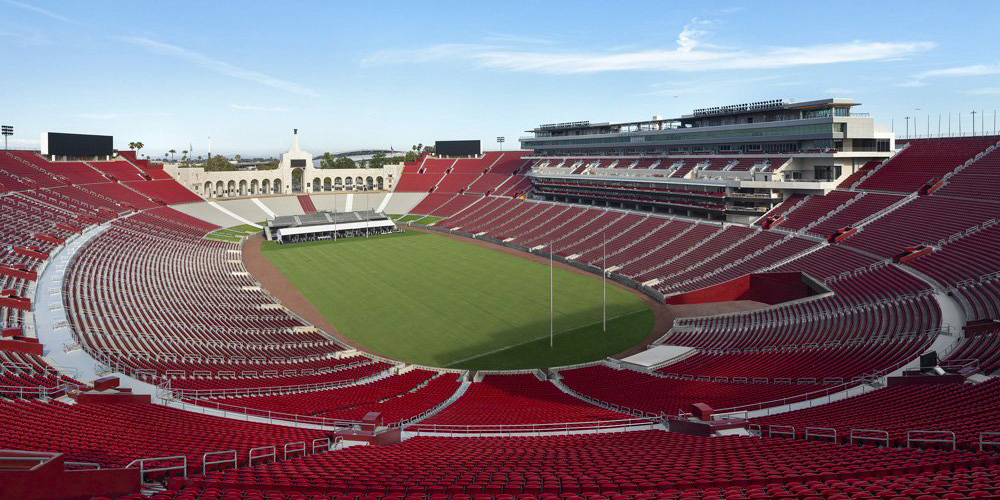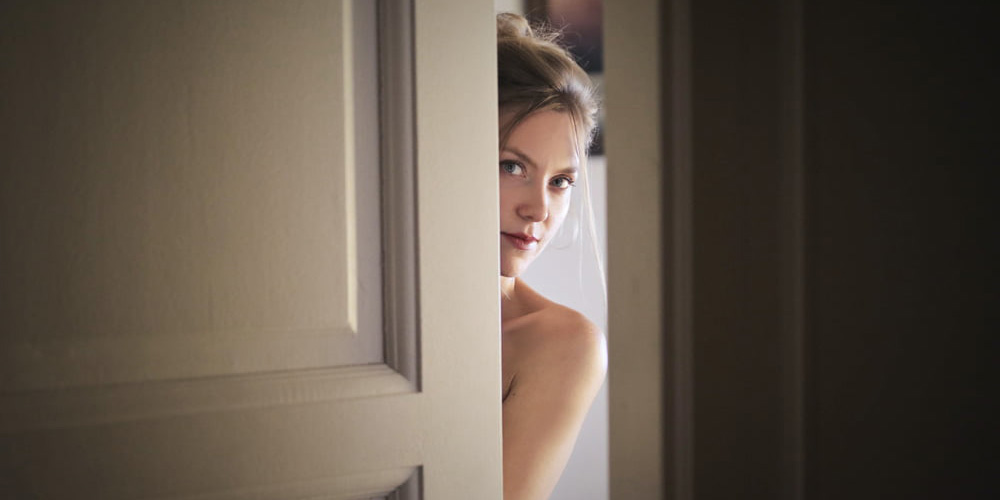Classical music of Australia is based on traditional forms, such as a sonata or symphony, and often follows strict stylistic and rhythmic rules which distinguishes it from simpler or more popular music.
Australian classical music is represented by ensembles like the Australian String Quartet, state and community orchestras, such as the Sydney Symphony Orchestra and Ku-Ring-Gai Philharmonic Orchestra; choirs of all sorts based at schools, universities and community centres such as the Australian Girls Choir, the QANTAS Choir and the Sydney Philharmonic Choir; and operatic groups such as Opera Australia and Pinchgut Opera.
The extent of classical musical performance is illustrated by the fact that every year around 2,500 concerts of classical music are presented Australia-wide by Musica Viva and that each State and Territory capital has a symphony orchestra.
Australia’s classical musicians and teachers are world standard, Including violinist and viola player Barbara Jane Gilby and Elizabeth Wallfisch, an orchestra director as well as soloist, and chamber musician.
Australian pianist Duncan Gifford is established as a major artist with international successes in many of the world’s most prestigious piano competitions. The Sydney Morning Herald described Duncan as ‘a virtuosic and musically eloquent soloist’. Duncan has performed in recital and as soloist with many orchestras throughout Europe, Russia, Japan and Australasia.
Australian military bands perform classical and popular music at ceremonies, parades, church services, mess dinners and concerts.
Since the arrival of the First Fleet at Sydney Cove in 1788, when military music accompanied the reading of the Governor’s Commission, military music of Australia has had a defining role in Australian life.



Comments (0)